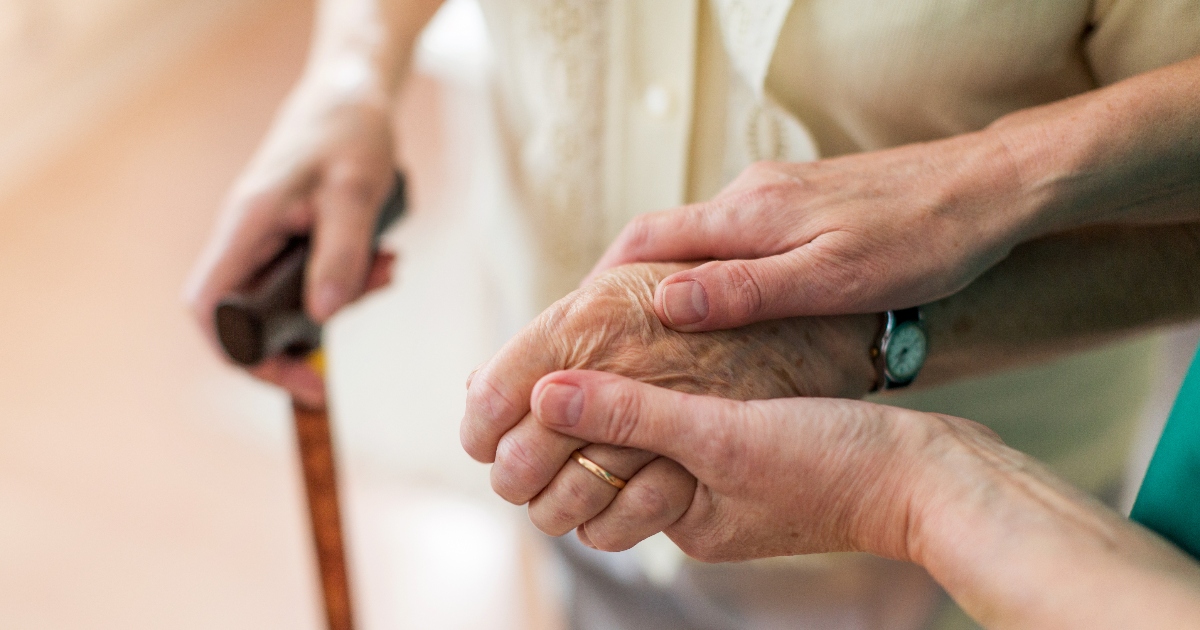Bedsores, more accurately called pressure sores or decubitus ulcers, are areas of damaged skin and tissue that develop when sustained pressure usually from a bed or wheelchair cuts off circulation to vulnerable parts of your body. Without adequate blood flow, the affected tissue dies.
There are four stages of a pressure sore. Our nursing home abuse and neglect trial team has successfully represented abused and neglected residents in almost every county. We know Wisconsin.
The National Pressure Ulcer Advisory Panel has defined each stage as follows:
- Stage I: Initially, a pressure sore appears as a persistent area of red skin that may itch or hurt and feel warm and spongy or firm to the touch. In blacks, Hispanics and other people with darker skin, the mark may appear to have a blue or purple cast, or look flaky or ashen. Stage 1 wounds are superficial and go away after the pressure is relieved.
- Stage II: At this point, some skin loss has already occurred either in the epidermis, the outermost layer of the skin, in the dermis, the skins deepest layer, or in both. The wound is now an open sore that looks like a blister or abrasion, and the surrounding tissues may show red or purple discoloration. If treated promptly, stage II sores usually heal fairly quickly.
- Stage III: By the time a pressure ulcer reaches this stage, the damage has extended to the tissue below the skin, creating a deep, crater-like wound.
- Stage IV: In the most serious and advanced stage, a large-scale loss of skin occurs, along with damage to the muscle, bone, and even supporting structures such as tendons and joints. Stage IV wounds are extremely difficult to heal and can lead to lethal infections.
Pitman, Kalkhoff, Sicula & Dentice, S.C. is a team of Wisconsin injury attorneys and support staff with a devoted nursing home neglect practice.






